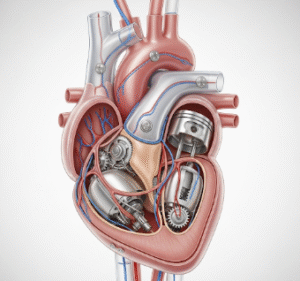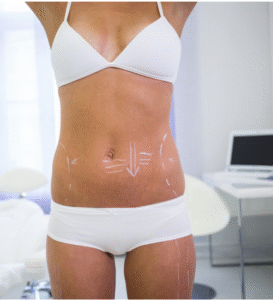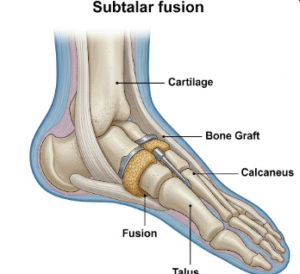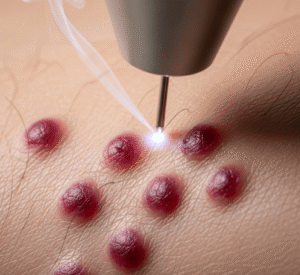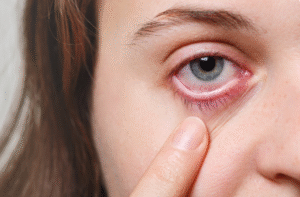Overview
Sjögren’s syndrome is a chronic autoimmune disorder in which the body’s immune system attacks the moisture-producing glands, leading to dryness of the eyes, mouth, and other parts of the body. While it can occur alone (primary Sjögren’s) or alongside other autoimmune diseases like lupus or rheumatoid arthritis (secondary Sjögren’s), the condition can significantly affect quality of life. In Korea, awareness and diagnosis of autoimmune diseases have improved, and advanced rheumatology care is widely available.
What is Sjögren’s Syndrome?
Sjögren’s syndrome is an autoimmune condition where white blood cells target the body’s exocrine glands—especially the salivary and lacrimal glands—leading to dry mouth (xerostomia) and dry eyes (keratoconjunctivitis sicca). It can also affect joints, lungs, kidneys, nerves, and skin.
There are two types:
- Primary Sjögren’s Syndrome: Occurs independently.
- Secondary Sjögren’s Syndrome: Develops in association with another autoimmune disease.
Symptoms
- Dry eyes (burning, itching, foreign body sensation)
- Dry mouth (difficulty swallowing, speaking, tooth decay)
- Swollen salivary glands (especially below the jaw)
- Fatigue
- Joint pain or stiffness
- Dry skin or vaginal dryness
- Persistent cough or dry throat
- Neurological symptoms like tingling or numbness
Causes
The exact cause of Sjögren’s syndrome is unknown, but it likely involves a combination of:
- Genetic predisposition
- Environmental triggers (such as viral infections)
- Hormonal factors (more common in women)
- Dysregulation of immune response leading to glandular damage
Risk Factors
- Gender: 90% of cases occur in women
- Age: Most commonly diagnosed between 40–60 years
- Family History: Autoimmune diseases in close relatives
- Existing Autoimmune Disease: Like lupus or rheumatoid arthritis
- Viral infections: Epstein-Barr virus or hepatitis C may trigger onset
Complications
- Dental problems due to dry mouth
- Eye damage from chronic dryness
- Recurrent oral or vaginal infections
- Increased risk of lymphoma (non-Hodgkin’s)
- Lung, kidney, or liver involvement
- Peripheral neuropathy
- Depression or anxiety due to chronic illness
Prevention
Sjögren’s syndrome cannot be prevented, but early diagnosis and symptom management can minimize complications. Lifestyle adjustments and regular follow-up care are crucial to maintain quality of life and detect serious developments such as lymphoma early.
Treatment Options in Korea
Diagnosis
- Schirmer’s test: Measures tear production
- Sialometry: Assesses salivary gland function
- Blood tests: ANA, SS-A (Ro), SS-B (La) antibodies
- Salivary gland imaging: Scintigraphy or ultrasound
- Lip biopsy: To check for lymphocytic infiltration
- Ocular staining: Detects damage to the eye surface
Medical Treatment
- Artificial tears and saliva substitutes
- Cholinergic agents (e.g., pilocarpine, cevimeline) to stimulate gland activity
- Immunosuppressive drugs (e.g., hydroxychloroquine, methotrexate)
- Corticosteroids for systemic inflammation
- Biologic agents (e.g., rituximab) in resistant or severe cases
- Antibiotics or antifungals for recurrent infections
- Dental and ophthalmic care for managing dryness complications
Supportive Care
- Moisture chamber glasses
- Sugar-free chewing gum or lozenges
- Humidifiers in living space
- Vaginal moisturizers or estrogen creams (if needed)
- Regular dental visits to prevent cavities




